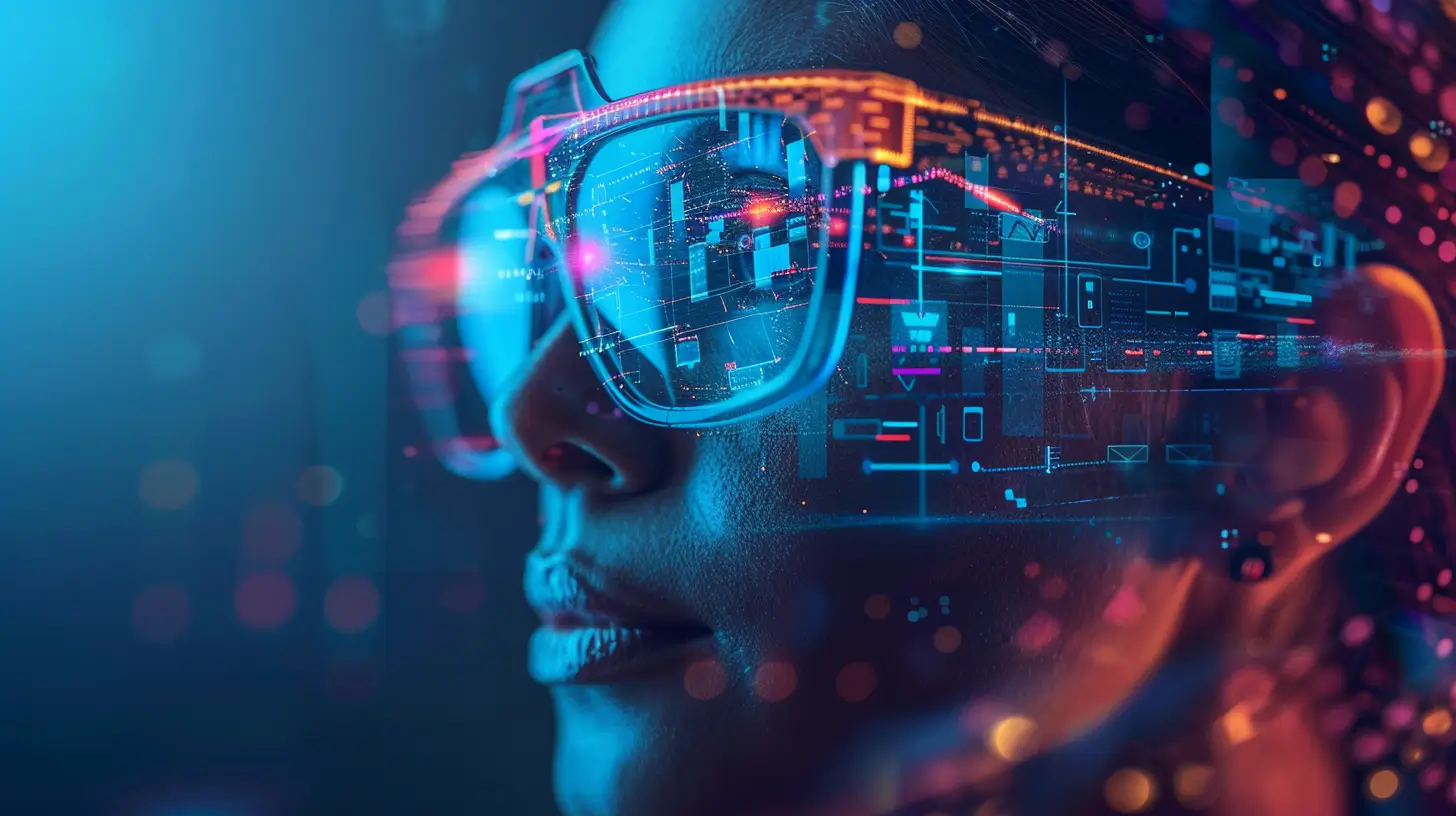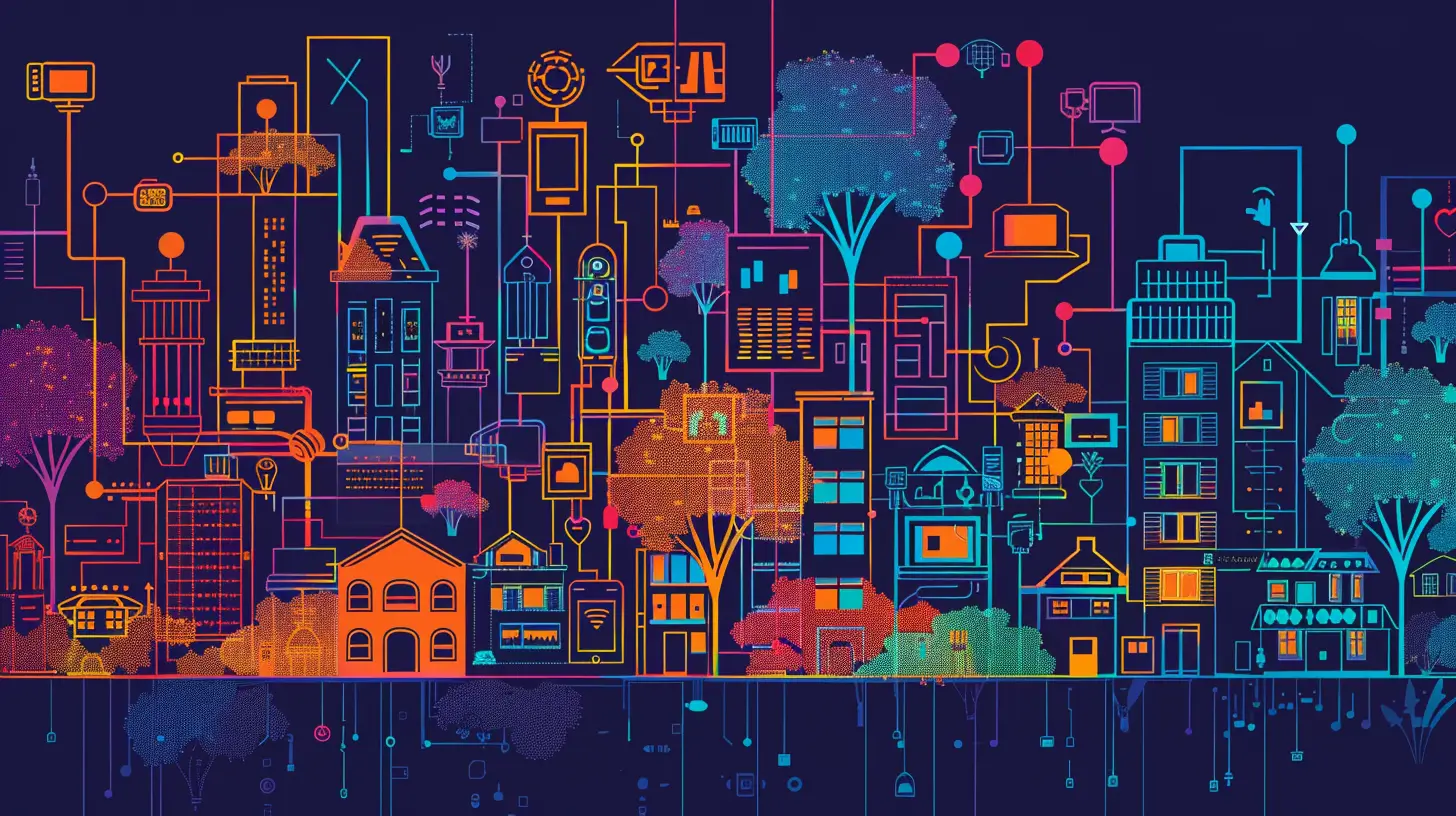From Paper to Pixels: Understanding E-Books and Printed Books
2024-01-14 | By Orcam Staff
Introduction: The Evolution of Reading
Reading has been a cornerstone of human culture for millennia, evolving dramatically through the ages. Initially, our ancestors shared stories orally, passing tales from generation to generation. The invention of writing systems brought the first major revolution, with clay tablets, papyrus scrolls, and eventually bound books. For centuries, these physical formats were the primary means of storing and disseminating information.
The digital age ushered in a new era, transforming the way we interact with text. The advent of the internet, digital storage, and portable electronic devices has shifted our reading habits significantly. Today, we stand at a crossroads between the traditional allure of printed books and the emerging dominance of digital formats. This transition from physical to digital reading materials marks a significant moment in the history of reading, reshaping our access to knowledge and stories.
What is an E-book?
An e-book, short for "electronic book," is a digital version of a traditional print book designed to be read on a computer, e-reader, or other electronic devices. E-books come in various formats, including PDF, EPUB, and MOBI, each compatible with different devices and software.
The advantages of e-books are numerous. They are incredibly portable, allowing readers to carry entire libraries in their pockets. This portability makes e-books ideal for travelers or those who don't have space for physical books. E-books are also more accessible, with features like adjustable font sizes and text-to-speech capabilities, making them a valuable resource for individuals with visual impairments or reading disorders. Moreover, e-books can be downloaded instantly, providing immediate access to a vast range of titles at the click of a button.
Understanding the Kindle E-Reader
The Kindle, Amazon’s popular e-reader, has been a significant player in the e-book revolution. It offers a reading experience designed to mimic the look of actual paper through its e-ink technology. This feature is easier on the eyes than traditional backlit screens and provides a more comfortable reading experience, especially for prolonged periods.
Kindles come with various features that enhance the reading experience. They include long battery life, the ability to store thousands of books, and built-in lighting for reading in any environment. Users can also access features like highlighting, note-taking, and instant dictionary lookups without leaving the page.
Comparing Kindles to traditional books reveals both pros and cons. While Kindles offer convenience and portability, they lack the tactile experience and the aesthetic pleasure of physical books. The smell of a new book, the feeling of turning pages, and the visual appeal of a bookshelf filled with colorful spines – these sensory experiences are cherished by many readers and are absent in digital formats. However, for the modern, on-the-go reader, the practicality of an e-reader like the Kindle often outweighs these considerations.
The Enduring Appeal of Print Books
Despite the rise of digital reading, the allure of print books remains strong. One of the most cherished aspects of physical books is the sensory experience they offer. The feel of a book in your hands, the sound of turning pages, and even the scent of paper contribute to a deeply personal and immersive reading experience. For many, these sensory elements are inseparable from the joy of reading.
Another significant factor is the collection and nostalgia value. Print books can be treasured as physical artifacts, often evoking memories and emotions. Bookshelves filled with colorful spines become part of one's personal decor, showcasing literary journeys and preferences. Each book on a shelf tells a story beyond its pages, reflecting a moment in time, a gift from a loved one, or a journey into a favorite bookstore. This nostalgia and the joy of collecting physical books are experiences that e-books have yet to replicate fully.

E-books vs Physical Books: A Comparative Analysis
When comparing e-books and physical books, several factors come into play, including cost, convenience, and environmental impact.
Cost: E-books generally cost less than their physical counterparts, largely due to the absence of printing and distribution expenses. This price difference makes e-books a more affordable option for avid readers.
Convenience: E-books score high on convenience. They are instantly downloadable, require no physical storage space, and are portable, making them ideal for on-the-go reading. Additionally, e-readers can hold thousands of books, offering access to a vast library anytime, anywhere.
Environmental Impact: The environmental aspect is complex. E-books eliminate the need for paper, thus reducing the demand for tree cutting and the energy used in the printing process. However, the production and disposal of electronic devices and the energy consumption of digital storage and servers should also be considered.
Reading Experience and Eye Strain: Physical books offer a strain-free reading experience, as they do not emit blue light like electronic screens, which can lead to eye fatigue. However, modern e-readers have been designed to mimic the appearance of ink on paper, significantly reducing eye strain compared to traditional tablets or smartphones.
Digital Books in Education and Accessibility
E-books have played a transformative role in education and accessibility. For learners, especially those with disabilities, e-books provide tools and features that make reading more accessible. Text-to-speech functions, adjustable text sizes, and customizable backgrounds can significantly aid individuals with visual impairments or learning disorders such as dyslexia.
Digital books have also revolutionized education by offering interactive and multimedia elements, such as embedded videos and hyperlinks, enhancing the learning experience. The ease of updating content ensures that students have access to the most current information, a significant advantage over traditional textbooks.
Moreover, the advent of digital libraries has democratized access to information. Students and educators from various socio-economic backgrounds can access a wealth of resources without the limitations of physical library space. The digitalization of books has thus not only changed the landscape of education but also made it more inclusive and far-reaching.
The Reading Habits of Modern Readers
The digital era has significantly influenced the reading habits of modern readers. Recent statistics reveal interesting trends in book consumption:
A steady increase in e-book sales over the past decade, indicating a growing preference for digital formats.
Despite this, printed book sales remain robust, suggesting a sustained demand for physical copies.
Younger generations, especially millennials, are more inclined towards e-readers and digital formats due to their tech-savvy nature and mobile lifestyles.
However, a notable trend is the resurgence of interest in physical books among certain demographics, often as a way to disconnect from digital devices.
These shifts in reading trends highlight the diverse preferences of modern readers, with many people choosing to balance both physical and digital formats depending on their lifestyle, convenience, and reading context.
Conclusion: Making Your Choice
As we navigate through the evolving landscape of reading, it's evident that both e-books and printed books have distinct roles to play in our lives. The decision between these two formats is less about which is superior and more about which better suits our individual needs, preferences, and circumstances. E-books offer the convenience and accessibility that align with our fast-paced, digital world, making them a practical choice for the modern reader. They provide immediate access to a vast array of titles, interactive features for educational purposes, and customizable options for a comfortable reading experience. On the other hand, printed books hold an enduring appeal that transcends the mere act of reading. They offer a tangible connection to literature, a sensory experience that e-books cannot replicate, and a physical presence that many readers find comforting and nostalgic.
In conclusion, the choice between e-books and printed books is not a binary one. It's a reflection of our diverse reading habits and the different roles that books play in our lives. Some may prefer the tactile experience and emotional connection of printed books, while others might favor the convenience and technological advantages of e-books. Many readers find value in both, choosing digital formats for their practicality and physical books for their irreplaceable charm. As we continue to witness the coexistence of these two formats, it becomes clear that the future of reading is not about choosing one over the other but embracing the unique benefits each has to offer. In the end, the most important aspect remains the joy of reading itself, regardless of the format.
In making the choice between e-books and printed books, consider these takeaway points:
Cost-Effectiveness: E-books are generally more affordable and accessible than printed books.
Convenience and Portability: E-books offer unparalleled convenience, especially for those who travel or have limited space.
Sensory Experience: Printed books provide a unique sensory and nostalgic experience that e-books can't replicate.
Environmental Considerations: Both formats have environmental impacts, though in different ways. Consider your environmental values in your choice.
Accessibility: E-books are often more accessible for those with visual impairments or learning disorders, offering features like text-to-speech and adjustable text sizes.
Reading Experience: Consider your comfort and preferences, such as eye strain from screens or the feel of a physical book.
Educational and Interactive Features: E-books in educational settings offer interactive elements and up-to-date content, enhancing the learning experience.
Ultimately, the decision between e-books and printed books depends on your personal preferences, lifestyle, and values. Both formats have their unique advantages and can coexist to cater to different reading experiences. Embrace the format that best suits your needs, knowing that you can always enjoy the benefits of both in different contexts.
More Stories

Veterans Associations and How They Can Help You - OrCam
2024-06-24 | By OrCam Staff

Top AI Assistive Technologies Enhancing Accessibility | OrCam
Explore how AI-driven assistive technologies are revolutionizing accessibility for individuals with disabilities.
2024-05-29 | By OrCam Staff

AI in Education: Enhancing Accessibility for All Students | OrCam
AI is changing the face of education by enhancing accessibility. Explore practical applications and success stories in educational technology.
2024-05-28 | By OrCam Staff

Revolutionizing Accessibility: How AI & IoT Enhance Assistive Technology
Explore the impact of AI and IoT on assistive tech, transforming accessibility and empowering lives with smart innovations.
2024-05-28 | By OrCam Staff

Transforming Lives: AI & IoT in Assistive Tech | Personal Stories
Read inspiring personal stories about the transformative power of AI and IoT in assistive technology.
2024-05-28 | By OrCam Staff

Unlock Reading Freedom: Tech for the Visually Impaired
Explore the latest in assistive technology designed to empower visually impaired individuals with independence and confidence.
2024-05-23 | By OrCam Staff



